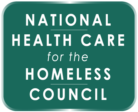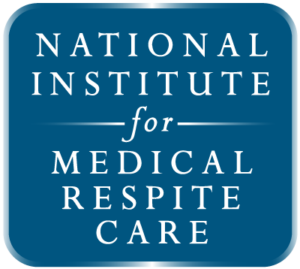October is Domestic Violence Awareness Month.
According to the Substance Abuse and Mental Health Services Administration, “about 41% of women and 26% of men reported having experienced, at some point in their lives, contact sexual violence, physical violence, and/or stalking by an intimate partner that resulted in an intimate partner violence-related impact (including, for example, injury or concern for safety, need for housing or legal services, or help from law enforcement).”
Intimate Partner Violence (IPV) has a range of negative health outcomes, including stress-induced immune suppression, reproductive coercion, sexually transmitted diseases, traumatic brain injuries, and a range of behavioral health impacts including substance use, depression, and post-traumatic stress disorder.
Historically, IPV has also been cited as a primary driver of homelessness. Efforts to end the crises of IPV and homelessness must address the intersection of these issues in clinical and systematic support for survivors.
In 2022, the National HCH Council published a toolkit intended to assist health centers and community-based programs in addressing the intersection of IPV and homelessness in four domains:
- foundations of intersectional practice
- provider self- and team-care
- guidance on clinical conversations
- community partnerships

